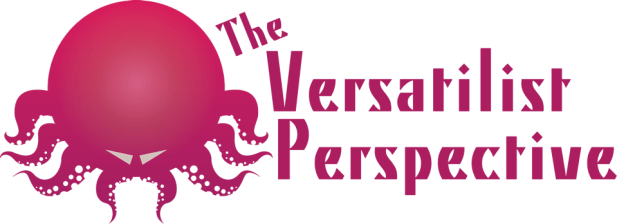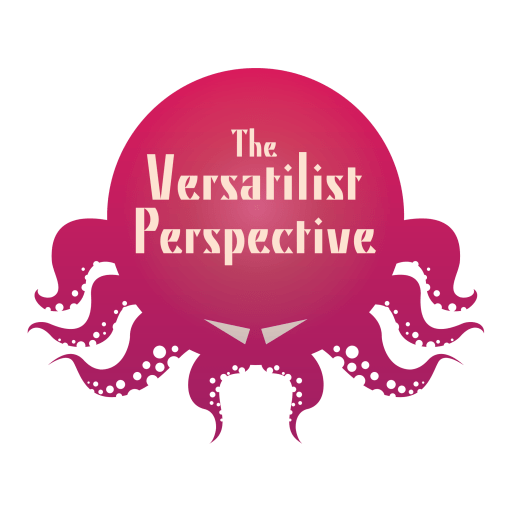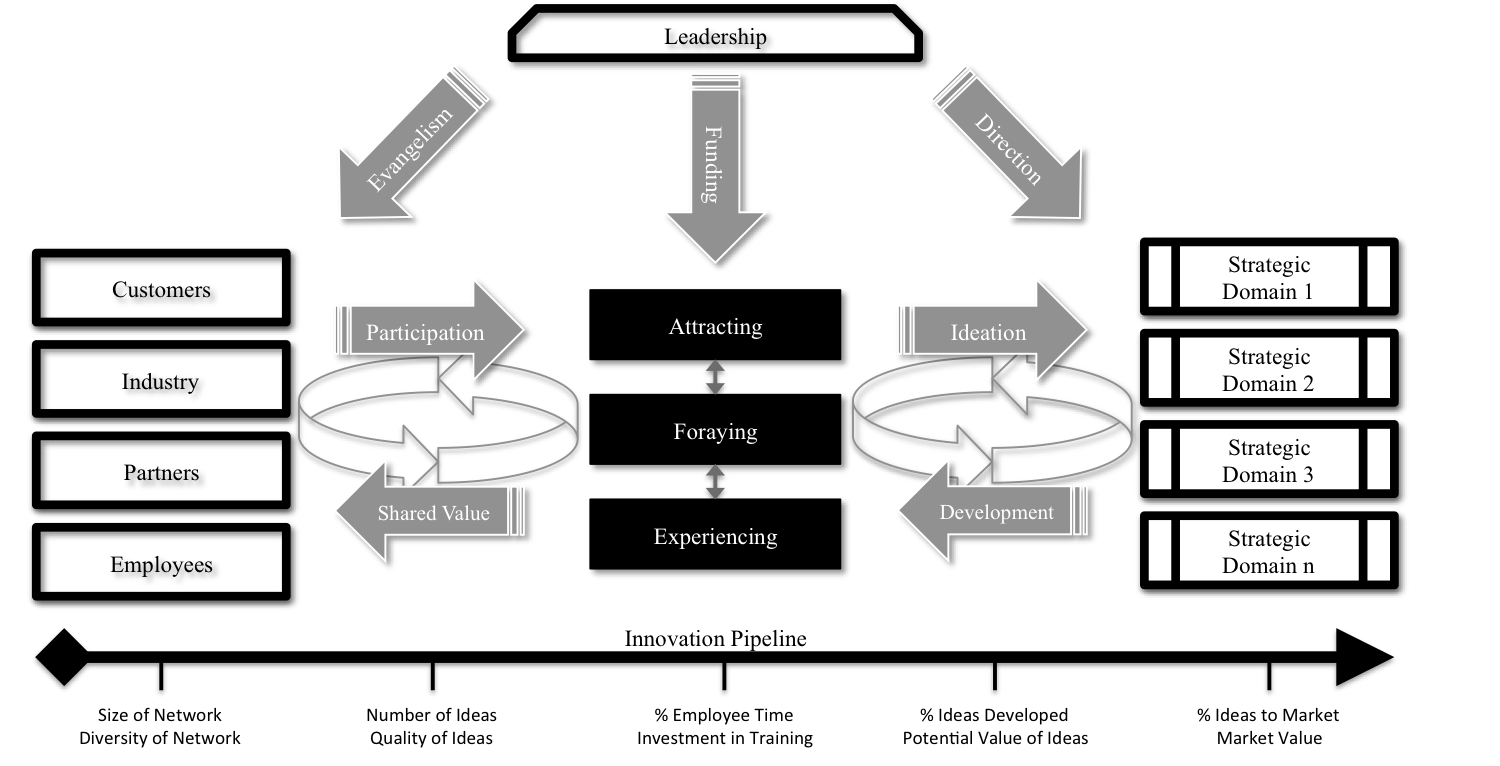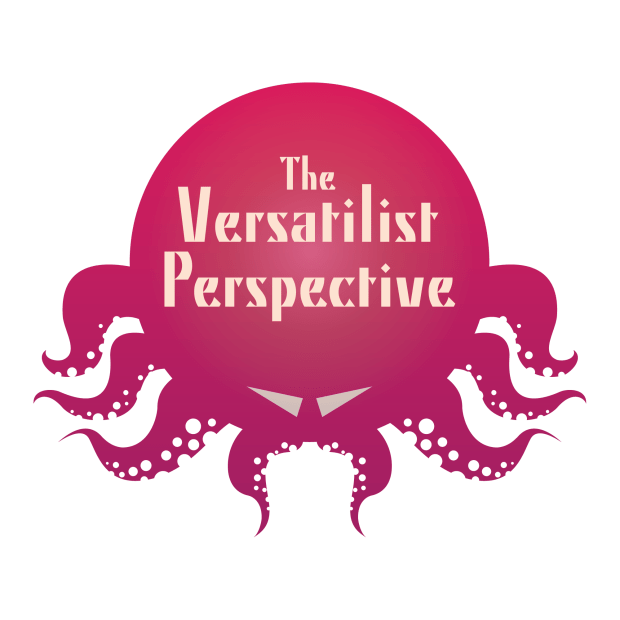Today, we’re going to explore your high school algebra recollection. In the 1996 Harvard Business Review article What is Strategy, business visionary Michael Porter presented the preeminent definition of strategy. In short, Porter defined two ways in which organizations compete: on operational efficiency and on strategy. Broadly defined, operational efficiency is doing the same things everyone else does, only doing it better. This is the basis for many business practices around process improvement, total quality, as well as for the implementation of business software to optimize and improve the efficiency of the organization. Conversely, strategy is the intentional decision to do things differently, or to do different things to create value.
If we want to be strategically competitive we need to do something different than anyone else. Doing something different means becoming innovative. Here’s where your algebra prowess comes into play: if Strategy = Different; and, Different = Innovation; by the transitive property, Strategy = Innovation. See? Algebra can be useful!!!
Why is this equation important? There are any number of reasons why this distinction is important, but the most significant is likely how it relates to what most businesses call their “strategy”. By this definition most organizations have an operational plan, rather than a strategy; i.e., their “strategy” is not strategic.
So, how can you put strategy back into your plan? First, you have to have a plan, so let’s start there.
Getting Started
Before we get too far down the road, we need to understand that building a strategic plan begins with important precursors. First, you must have a mission and vision of an end state, which includes both a destination, as well as a reason. In addition, you must also have some values, or guidelines that help you choose how you are going to make that journey and the path to getting there. These not only serve as the initial vector of your journey, but also because they start to limit/influence the decisions you make. You don’t need to consider anything that doesn’t take you towards your goal; and, the “why” will also help you make choices about which paths should and shouldn’t be followed.
When I mentioned “mission and vision”, you probably had an immediate reaction and thought of the many organizational “mission” and “vision” statements you’ve either been part of developing or had shoved down your throat from on-high. Frankly, I can’t blame you. I have a particular aversion to mission statements because, at least in private-sector, for-profit companies, it is largely a bunch of hogwash. Their mission is to make money not only for the organization, but also for the shareholders, and employees. Anything beyond that is disingenuous at best; and, there’s nothing bad or wrong about that. In this case, however, I want you to think of mission and vision simply as “where are we going” and “why are we going there”.
Let’s imagine you are planning a trip to, say, California because you want to see all the movie stars. You now have a mission and vision; you know where you want to go and why you want to go there. You no longer need to consider anything that takes you to Denver. In addition, if your “why” is to see movie stars, your plan doesn’t need to include anything about seeing the redwoods or going to Disneyland. Your goal is constrained to a specific destination with a specific intent.
For business planning, this is more likely going to be things like “expand into new markets to increase our addressable market”, or “drive sales of product x to achieve 50% of total revenues”. Ultimately, these boil down to “make more money so our shareholders are happy”, but you need something a bit more specific to build a plan. They don’t have to be grandiose, but they do need to have specific targets and a rationale for why you want to achieve them.
Now, let’s talk about values. Again, you probably have a really bad taste in your mouth and instantly thought of things like “honesty”, “integrity”, and how they contribute to those meaningless mission and vision statements. Those are certainly what most people consider “values”; however, in relation to strategy, it might be easier to consider values as “ways of working” or “guidelines” to how you want to achieve your mission and vision. They help define what you will and will not consider as part of your plan.
Returning to our trip to California, we could imagine that our values might include “don’t like to fly”, “only want to stay at hotels less than $100/night”, or any number of parameters that will constrain your choices. If you don’t like to fly, then your plan will likely include buses, trains, or simply driving. If you only want to stay cheaper hotels, you may have to find more remote lodgings on secondary roads, affecting both your travel time and access to other services.
For business, yes, things like “honesty” and “integrity” are certainly values that contribute to ways of working and would limit your choices; however, so are things like “sustainability”, or “commitment to Open-Source software”, or any number of things that further provide guideposts to the choices you make. Not stating these values can not only lead to a lot of churn and difficulty, it can also lead to decision making that hurts the organization. Be clear about the values you will not sacrifice in your plan. You may even want to stack-rank these values based on your commitment to them as it may help later when we get to strategy.
We now know where we are going, why we want to go there, and have some basic constraints on what we are willing (and not willing) to do to get there. The next step is to collect all the relevant data you need to construct a plan.
Collecting Your Data
Now that you know where you want to go, why you want to go there, and know what things you will and will not do to get there, you must collect your data. You must estimate what you think it will take to get to your destination, inventory what you have to get you there, and figure out what you may need to acquire.
For our trip to California, this part of the planning will involve budgeting, determining if we have a vehicle we trust to drive, estimating how much time the trip will take, and how much time we have to make it. What would it cost to drive, versus take the bus, or fly? How much time does each of those require? Will you need hotels, food, etc. along the way and for how many days? How much vacation time do we have? Who else is going on the trip, and do they have any different values than you do that must be considered? Basically, you need all the facts to help determine the best choices based on your situation.
This is a little more complicated for business planning, but the idea is the same. In a business plan, your journey involves getting others to take the journey with you, so the first thing you must do is understand who your customers are (customer segmentation), and what makes each segment unique; e.g. market research about the others going on the journey with you. Then you should also look at what competitive organizations with similar visions are offering. Are you looking to expand into new markets? Should you build or buy? You should make an inventory of the competencies you currently have, as well as what you don’t have or need (either in equipment, people, etc.). All of this is just data at this point, collecting the pieces that will be part of your plan and giving you the data necessary to make good decisions.
Building a Plan
Now that you know where you want to go, why you want to go there, a list of value parameters and all of the data necessary to make your plan, you need to lay it all out.
For example, with our California trip, let’s say we’ve determined that our vehicle is not reliable enough and we must look at other forms of travel like bus or train. Because buses only follow specific routes, and trains have even more limited routes, this decision greatly reduces our choices. If this limitation is too onerous, then we have to look at other alternatives, like renting a more reliable vehicle which restores our route choice, but at a likely higher cost than the others. Typically, we will come up with multiple plans that have various time commitments, costs, and other advantages or disadvantages. Choosing any one plan over the other comes down to which one makes the most sense for our situation.
Building an operational plan is similarly an iterative process starting with the basic parameters (where are we going, why are we going there, and what constraints are applied to our trip based on our values). Then you have to model each plan, with each choice further refining and limiting your next choices. For me, this is one of the most exciting things about planning as it is like a logic puzzle where you have to keep trying a piece at a time until you can “solve” it; unlike most puzzles, though, there may be numerous solutions. This is often where balanced scorecards can help you score each plan based on how well each plan achieves your goals in terms of time, cost, effect, etc.
One challenge when going through this process is the tendency for many organizations to plan themselves into a corner. There is the old military quote saying “no plan survives contact with the enemy”. Having multiple potential solutions is a bonus because your plan should also account for potential risks, and risk mediation. I know of a friend who rented a car for a long distance trip because they didn’t trust their own, only to have the rental car break down during the trip. Having multiple options is a valid means managing risks. So, when you decide to choose your plan, don’t throw out the other plans as much of that work could be useful down the road. Another point here is that a plan shouldn’t be so specific as to further limit how you achieve your goal. There are significant differences between saying you are going to get to California by “public transit”, “by Bus”, and “by Greyhound”; each level of clarification limits your flexibility, and your options. Your plan should be more about direction/guidance and less about the specific actions you will take.
Taking all this into account, most organizations make a decision about which plan will be their “strategy” and they celebrate a job well done. But … is it?
Making your Plan Strategic
You’ve created multiple plans and have debated which one makes the most sense based on your needs, but is it a strategic plan or is it simply an operational plan of action. Going back to our original equation Strategy = Innovation, is your plan unique and/or differentiated from what any other organization or competitors might do? Is it innovative, or is it simply a plan for operational efficiency?
Going back to our California trip, let’s say that instead of just a trip to California to seek out movie stars, it is actually a competition. The winner is the one that meets the most movie stars within a given time frame. How is your plan different from all the other competitors in the contest? If it isn’t different, then it isn’t strategic; it is simply an operational plan and the only way to beat the others is to do it faster and cheaper; i.e. through operational efficiency. If we look at the “rules” of the competition, it doesn’t mention anything about California, just the number of movie stars you can meet. Did you base your plan on a false premise? It may make sense, but it would also make sense to all other competitors. Perhaps there is someplace different you could go to meet movie stars; maybe you can find a way to get movie stars to come to you. Instead of traveling via traditional means, could you make the trip using unconventional means (like roller skates?) to create publicity about your mission and its goal, getting movie stars to support your goal and seek you out? This is also a good place to look at the elements of discarded plans, and scrutinize whether you artificially limited yourself by being too specific in your planning. Did your plan call to travel on Greyhound buses because that was the only form of public transport that you could think of? Are there, perhaps, less well known or less conventional means of public transit that would prove more innovative in solving your challenge? Creating a strategy will test all of your plan, right down to the original mission and vision.
The same holds true for a business plan. Far too often, a company’s “strategic” plan is to do exactly the same thing as everyone else, and their competitive analysis is solely an examination of what others are having success doing. Adopting industry best practices is certainly a plan, but it isn’t innovative; it isn’t differentiating; and, it isn’t strategy. It is the highest expression of operation efficiency. To make it strategic, your plan must be different than everyone else’s in a fundamental way. It requires a full examination of the entire plan, including the original mission/vision, the values you believed constrained your decisions, and the actions you plan to undertake. Was our mission/vision and rationale innovative? Were your values truly things you believed in, or were they artifacts of the status quo? When you examined the possible paths to achieving our goal, did you just look at the “normal” options (cars, buses, trains) or did you explore the unexpected or unusual? Did you over plan and try to dictate specific actions artificially limiting your options? If you can’t answer these questions, or your answers default to the status quo, then your plan is unlikely to be strategic.
If you want your plan to be strategic, you have to put in the extra, final work. If you want to win, be it in a hypothetical contest to meet movie stars, or in the real world of business, you have to be strategic and to be truly strategic, you need an innovative approach.
Final Thoughts
Still don’t think algebra is fun or useful? Try this: if Strategy = Innovation, then Innovation = Strategy (the property of symmetry). That is to say, there is a simpler way to be more strategic: be innovative. Don’t get me wrong, I absolutely love a good strategy planning workshop, balanced scorecard, SWOT and PEST analysis, etc; however, I’ve found that it is frequently much easier to do less planning than more. You still need to know where you are going and why. You still need some basic ways of working (values) to guide you and (for business) you should probably have a decent idea of who your customers are (or could be) and what they value. Anything beyond that tends to take a lot more time and creates a lot less value.
Instead, once you have the basics down, I just focus on creating innovation. I ask my teams to treat everything as an experiment. Everyone comes up with ideas they believe will get us closer to our goal, and proposes an action they believe will get us there. They have to have a specific action, define what they expect the action to accomplish, and a means of measuring whether it was accomplished. We evaluate the proposals, implement as many as we can, measure their success (or, often, failure). Things that fail (or can’t be fully determined) we stop doing; things that succeed, we do more of. While not all of these ideas are necessarily truly innovative, the approach keeps us thinking about rejecting the status quo and constantly evolving. By focusing on being effective innovators, we inherently become strategic.





